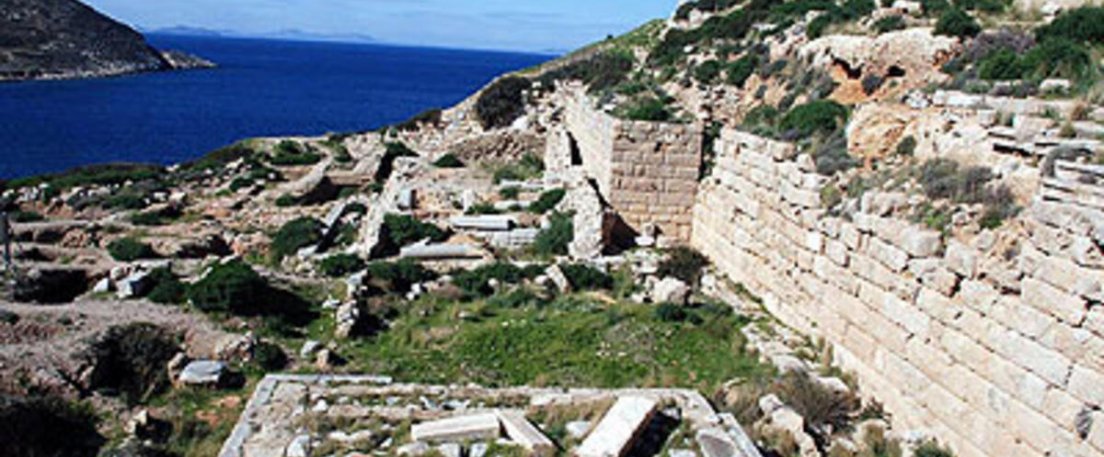
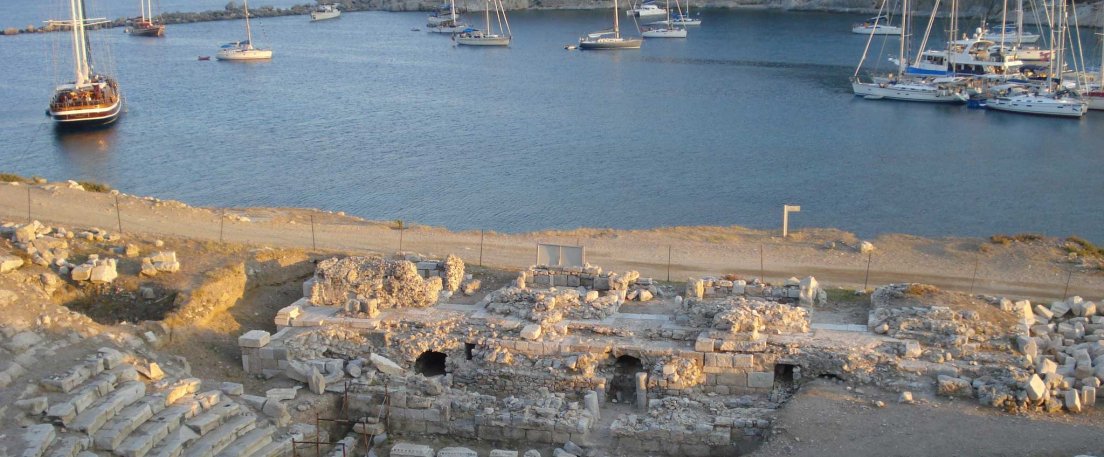
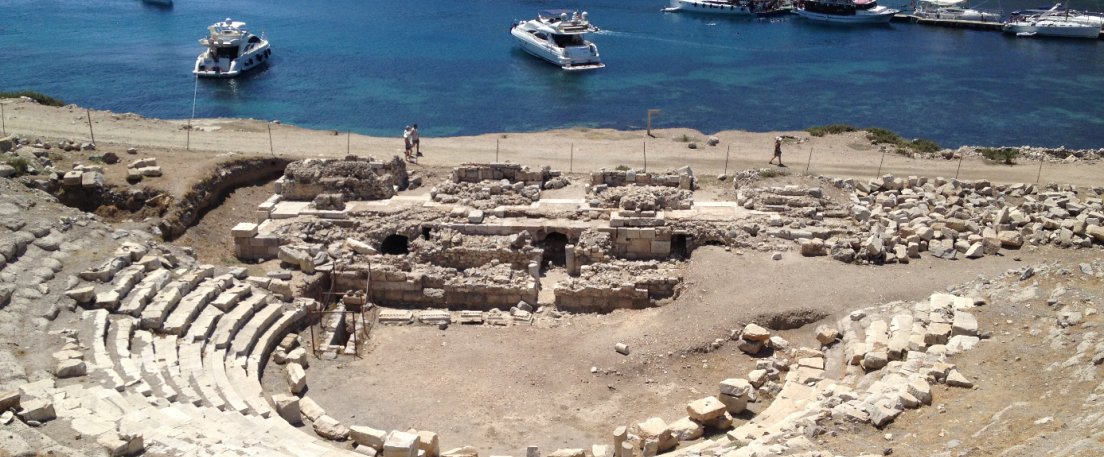
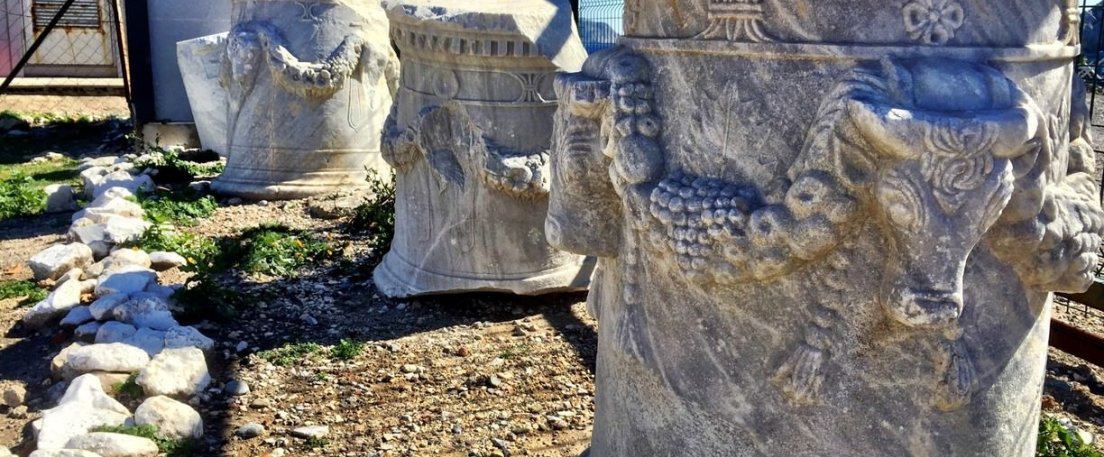
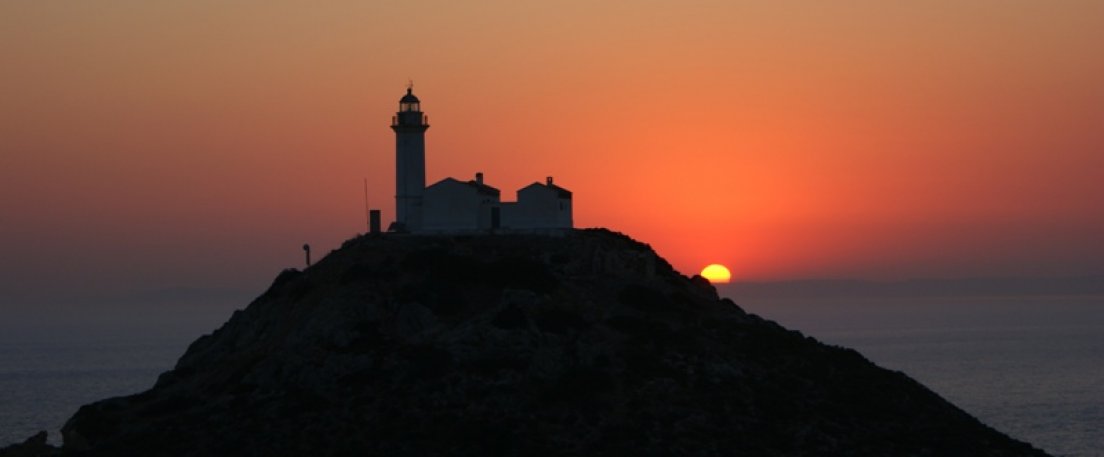
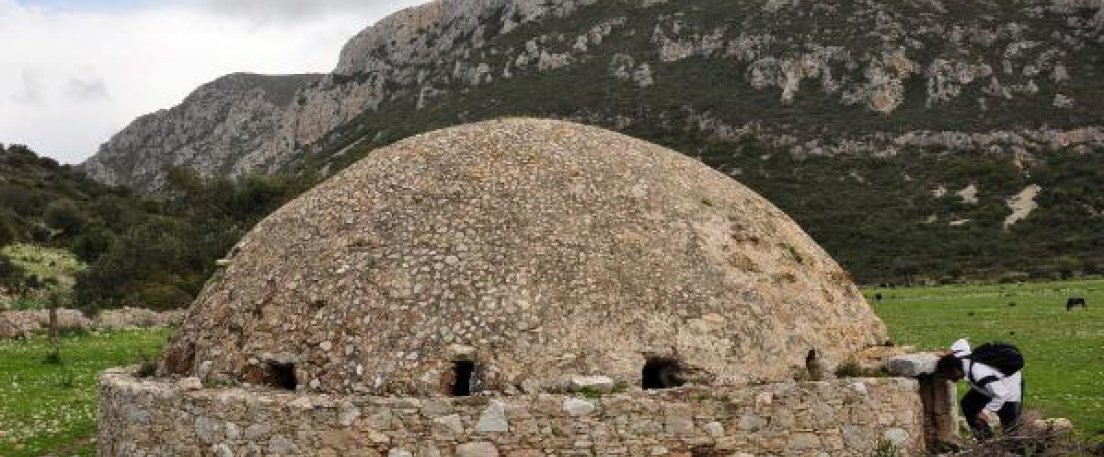
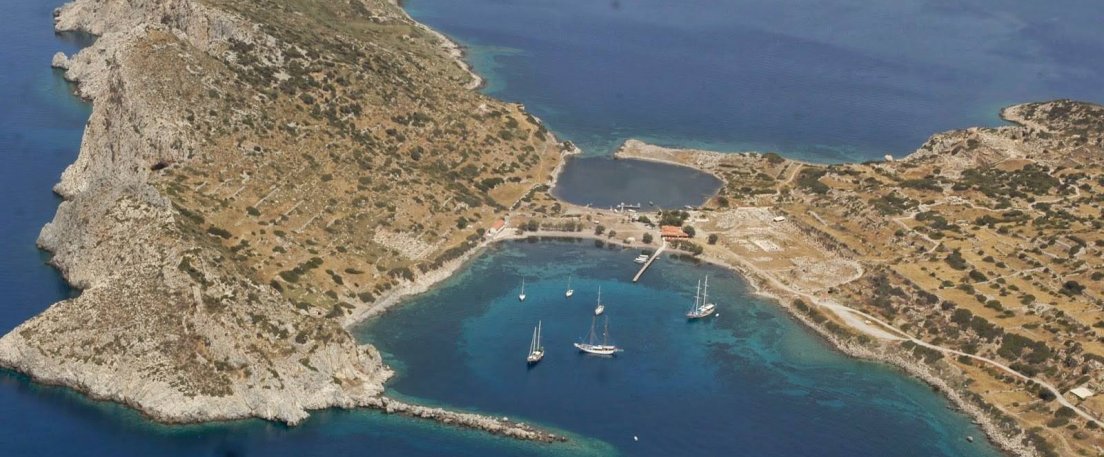
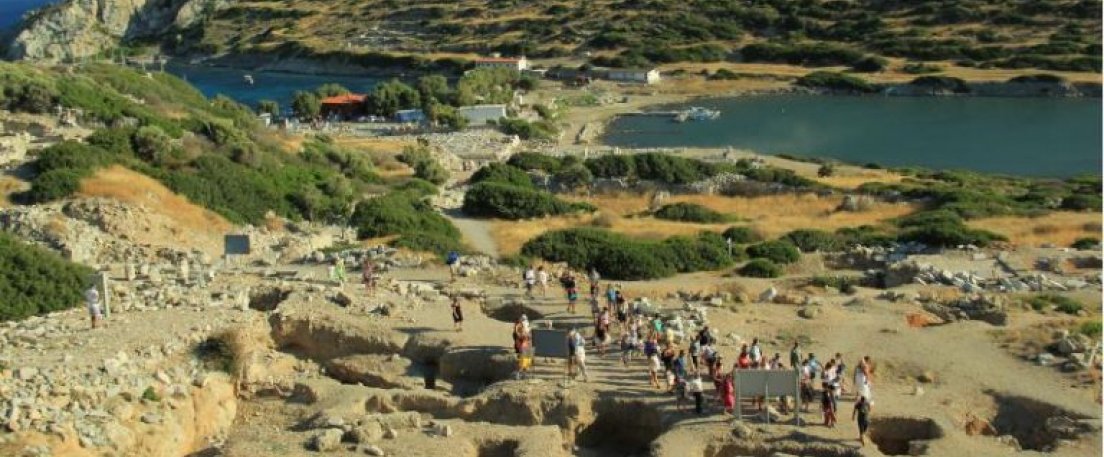
The Ancient City of Cnidus
The Ancient City of Cnidus
Cnidus
was first founded at Burgaz on Dalacak Point, 1.5 km to the
north-east of the present-day county seat of Datça. The settlement
was later moved to Tekir Point on the western extremity of the
peninsula. Cnidus was an advanced city for its time and was noted for
its scientific pursuits, its fine architecture, and its artistic
outputs. Cnidus was home to the great astronomer and mathematician,
Eudoxus; the noted physician, Euryphon; the famous painter,
Polygnotos; and Sostratos, the architect of the Lighthouse of
Alexandria, which is considered one of the Seven Wonders of the
World.
The city is encircled by four kilometers of
fortifying walls and is spread out over a spacious area that reaches
from the military port to the acropolis, and to the commercial port
to the south. Cnidus boasted two theaters, one seating 20,000 and the
other 5,000. The smaller theatre is close to the commercial port.
Unfortunately, the large theater near the acropolis has not survived
to our days for its stone masonry and marble work were carried away
on ships during the 19th
century.
The
most beautiful spot of the archaeological site is the Aphrodite
Temple perched on a hill overlooking both ports. In days past the
peak of the 17-meter diameter, round temple was crowned with a statue
of Aphrodite . Today only the base of the statue is evidence of the
former sculpture.
Another of the points of interest of the
archaeological site is the sundial that indicates both the seasons
and the time. The highest summit of the city is marked with the
Temple of Apollo, with the city extending at its feet in a way very
reminiscent of a theatre. The Temple of Corinthios, which is located
directly above the lower theatre, is the work of Architect Stratos.

